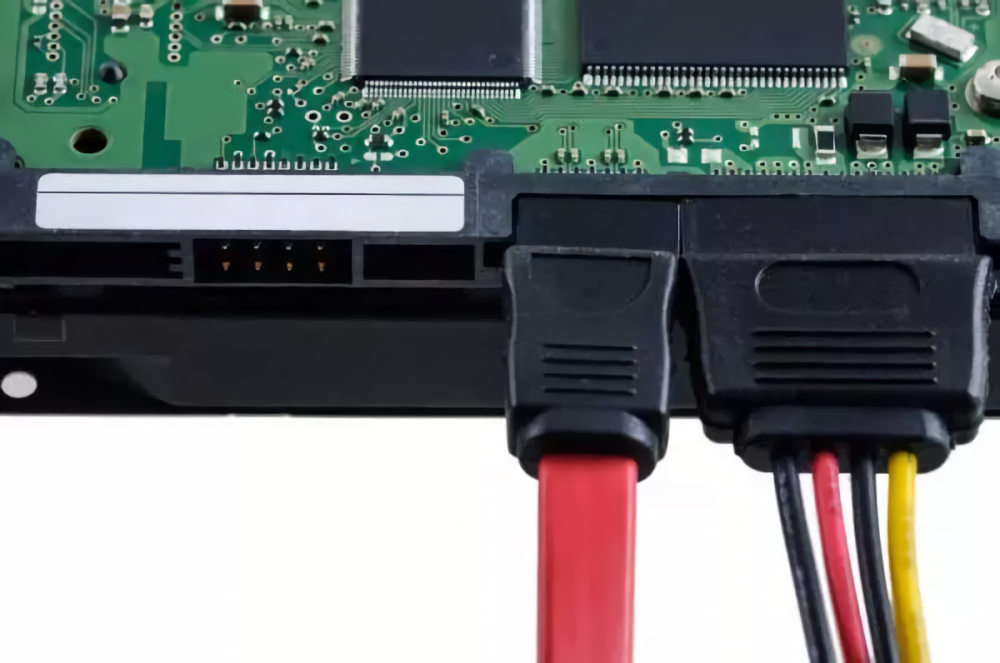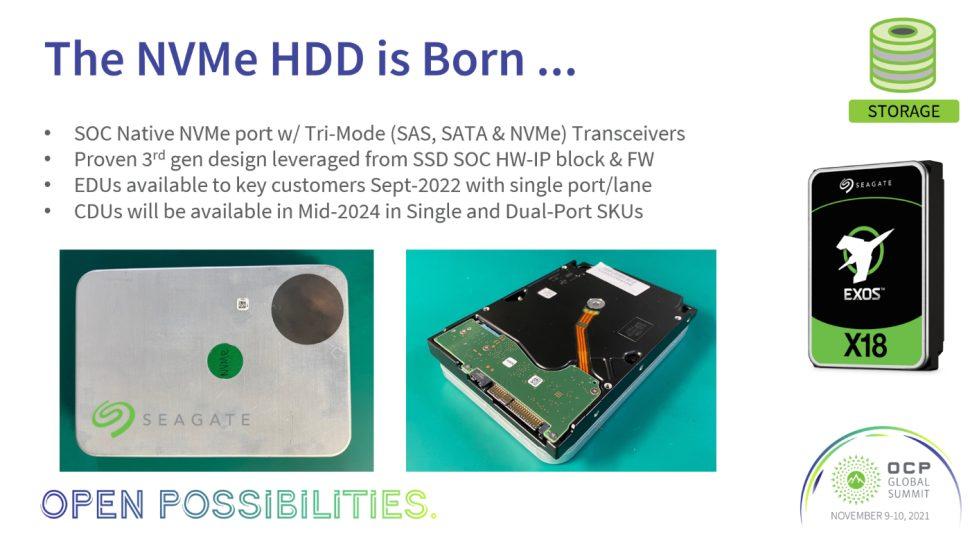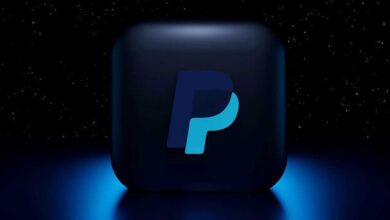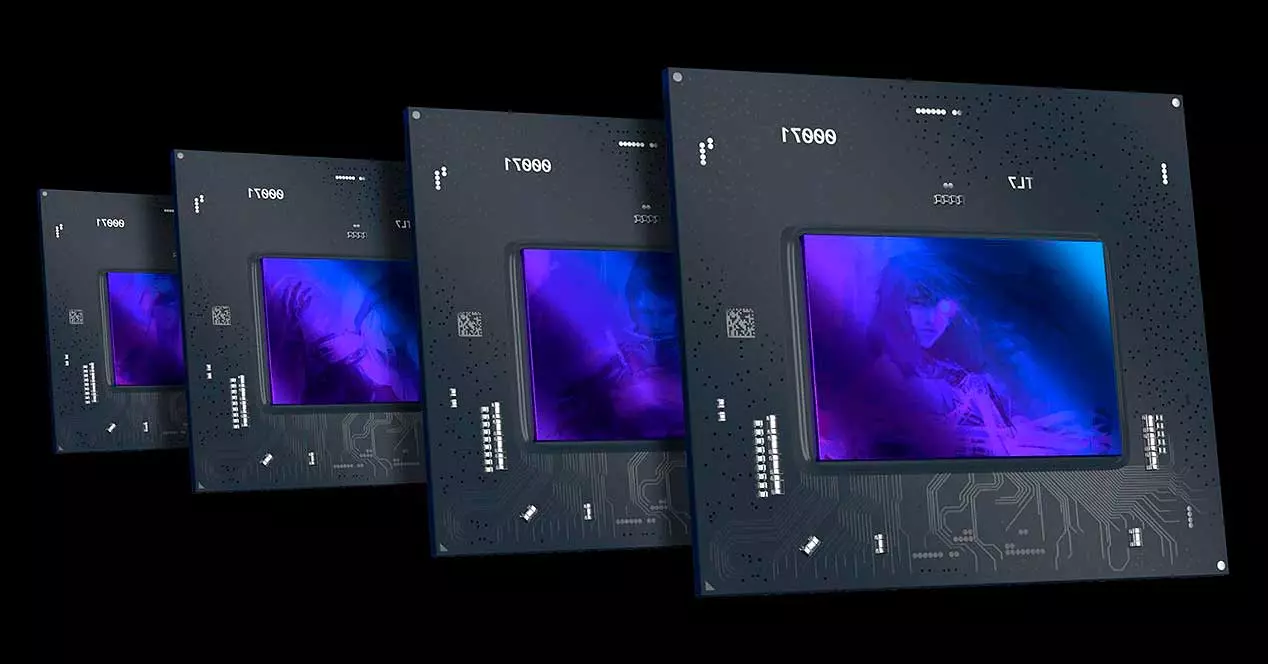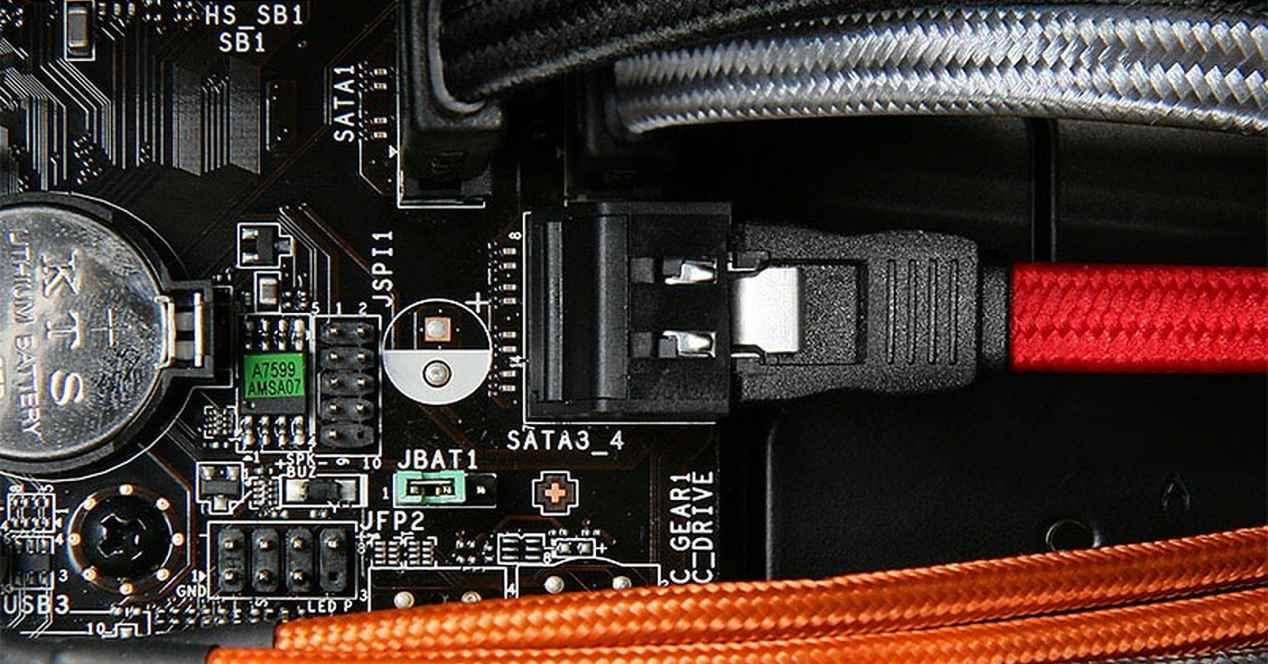
The SATA connector of hard drives has not improved in specifications for years and has remained in its third generation or better known as the 6 Gbps connector. Which indicates a future disappearance of it, but it still endures due to the enormous number of peripherals and components that use it. What is the reason for this lack of evolution in recent years?
It must be taken into account that the SATA connector is a connector designed for hard drives, so it will be the speed needs of these that influence whether to use a faster interface or keep the current one. For example, since said connector was a bottleneck for SSD drives, PCI Express solutions eventually appeared. On the other hand, we have not seen them applied to hard drives. The motives? Simple, being based on mechanical elements, hard drives are much slower as they have to reposition the needle on the magnetic disk.
Stagnation of the SATA connector
Currently, the fastest hard drive is the Seagate Barracuda Pro, with a size of 12 TB and capable of reaching 250 MB/s maximum transfer speed. That is, when the data is in the outermost sectors of the disk and the data transfer is sequential. If we pass it to Gbps we have that this is 2 Gbps, which means that it does not even saturate a 3 Gbps SATA-II connection.
In other words, if the fastest hard drive on the market does not use more than 33% of the transfer speed and that is in the best case. What’s the point of improving the speed of the SATA connector? What’s more, as we said at the beginning, the motivation for the improvement would be in the SSDs, but since PCI Express already existed with few lines, it was seen as a waste of time to evolve said connector. Which is still maintained in computers because it is the one for hard drives.
The future goes through hard drives also NVMe
The NVMe 2.0 standard was expanded to also support hard drives, so in the future we will see models that will connect to our PC without using a SATA interface, but rather a PCI Express. Although we will not see this change until 2024, it is important enough to say that the SATA connector on new motherboards is numbered in years and it is normal for it to progressively disappear.
We have to remember that the disappearance of a port does not mean that the units that use it will do so, in the same way that the fact that the PS/2 port is no longer used did not mean that there were no more keyboards or mice or that the death of VGA with monitors. In fact, the SATA connector has been missing for years, since on many motherboards the signal is converted into a USB 3.0 connector. The reason? No hard drive can hit 5 Gbps of speed, but the downside is that SATA drives are affected by it.
